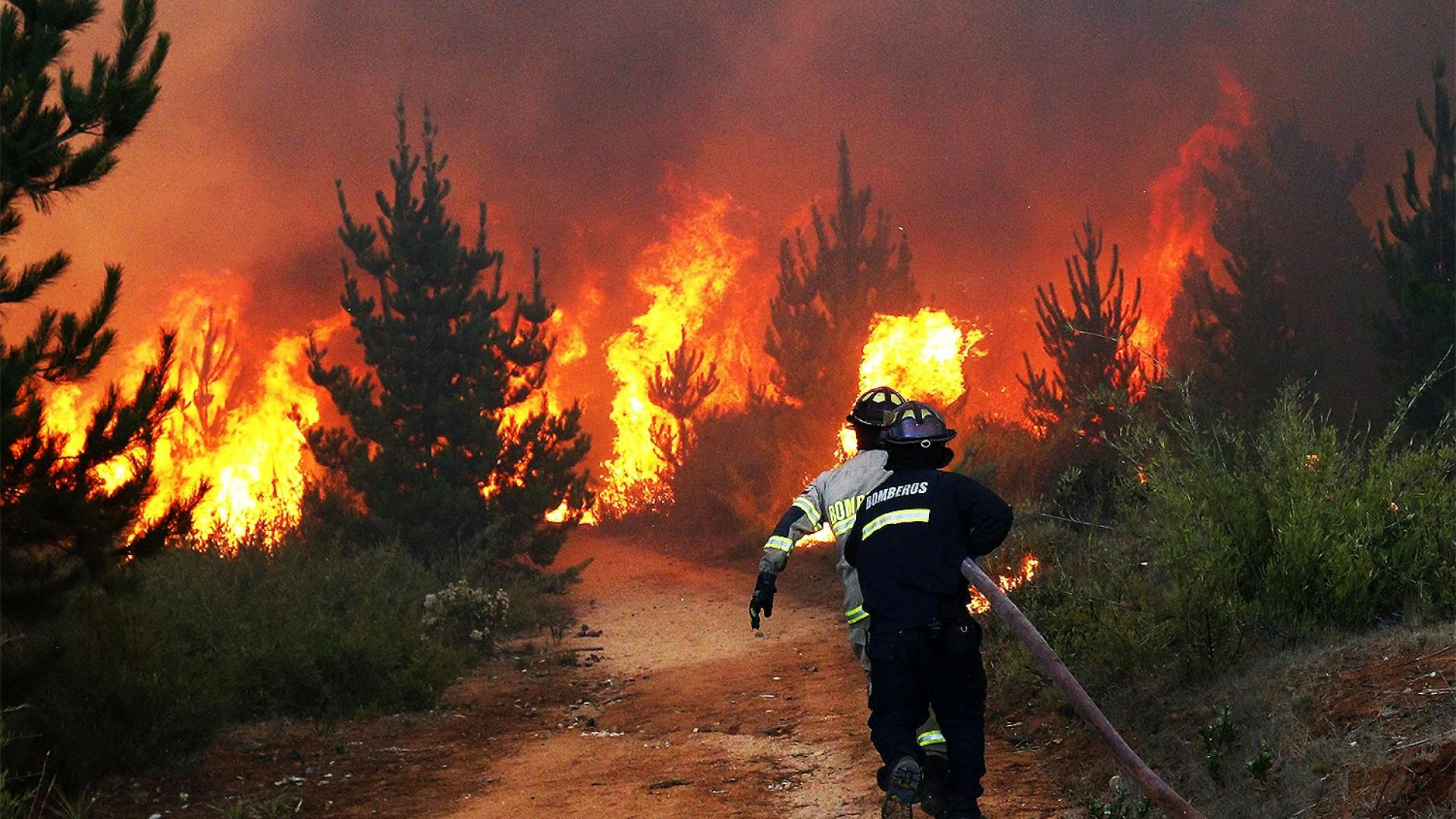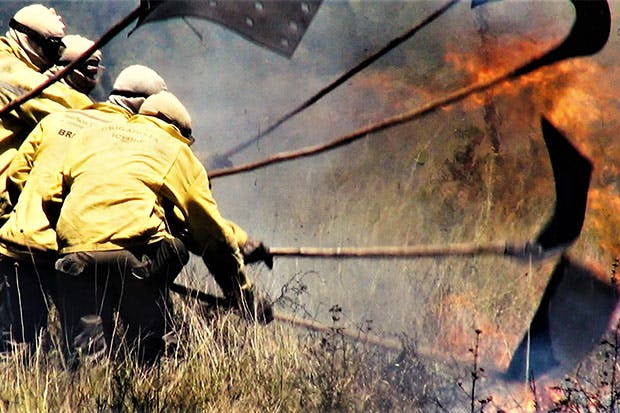A complete guide to Integrated Fire Management in Brazil: foundations, challenges, and technologies
umgrauemeio - Time de marketing
28/03/2023

Introduction
Integrated Fire Management (IFM) is a comprehensive approach to managing wildfires. With a holistic view of fires, IFM aims to reduce the negative impacts of fires on ecosystems, biodiversity, and human communities, while promoting their positive effects, such as the maintenance of ecological processes and the renewal of natural ecosystems. IFM has an important role to play in Brazil, where wildfires have become an increasingly severe threat to the country's forests.
In this article, we will explore what Integrated Fire Management is, its importance, and how it is being implemented in Brazil. We will also discuss some of the challenges and opportunities associated with IFM and highlight the best practices for managing wildfires in a sustainable and effective manner.
The fire situation in Brazil
Brazil is a country that faces a high incidence of forest fires, especially during the dry season, which typically occurs from May to October. The country is home to a diversity of ecosystems, including the Amazon rainforest, the world's largest tropical rainforest, and the Cerrado, a savanna-like biome that covers most of the central-west region of Brazil. These ecosystems are highly susceptible to forest fires, which can have severe consequences for the environment and local communities.
The Main Causes of Forest Fires
The causes of forest fires in Brazil are varied and complex, with both human and natural factors contributing to their occurrence. Some of the main causes of fires in Brazil include:
- Deforestation: is a major contributor to forest fires in Brazil. As trees are cut down or burned to clear land for agriculture, logging, or mining, the dry vegetation left behind is highly flammable and can easily ignite.
- Agricultural practices: slash-and-burn agriculture and the use of fire for land management also contribute to forest fires in Brazil.
- Climate change: forest fires in Brazil tend to increase in frequency and severity as temperatures rise and rainfall patterns change, leaving vegetation drier and more prone to ignition.
- Human activity: accidental fires caused by campfires, cigarettes, and other human activities also contribute to forest fires in Brazil.
Impact of Fires on the Environment and Local Communities
The impact of forest fires on the environment and local communities in Brazil is drastic. Forest fires can cause significant damage to forests, pastures, and other ecosystems, destroying habitats and reducing biodiversity. The smoke and particles generated by forest fires can also have harmful effects on air quality and human health, causing damage to the respiratory system and other health problems.

The Principles of Integrated Fire Management
Integrated Fire Management involves the use of different techniques and strategies to minimize the negative impacts of fires on ecosystems, communities, and economies. Let's look at some of its pillars:
- Prevention: the best way to minimize the impact of forest fires is to avoid them from the start. Prevention measures can include reducing fuel buildup, such as dry leaves and branches, and creating firebreaks around vulnerable areas.
- Early detection: is crucial to reducing the impact of forest fires. The earlier a fire is detected, the easier it is to control and contain it. As we discussed earlier in this article, there are several technologies available for early detection of forest fires, such as satellite-based detection systems, cameras, and UAVs.
- Preparedness: communities and organizations must be prepared for the event of a forest fire. This includes having evacuation plans, training firefighters and rescuers, and stocking firefighting equipment and supplies.
- Response: when a forest fire occurs, a rapid and coordinated response is crucial. This involves mobilizing firefighting resources, communicating with affected communities, and managing the fire according to its behavior and intensity.
- Recovery: after a forest fire, recovery efforts are necessary to restore affected ecosystems and communities. This may include reforestation, soil conservation, and providing support to affected residents and businesses.
The Role of Technology in Integrated Fire Management
IFM requires a multidisciplinary approach that involves not only people in the field but also advanced technologies that can help prevent, detect, and combat fires. In recent years, technological advances have made it possible to implement more efficient strategies.
One of the most promising technological solutions for IFM is camera-based detection systems, such as the one developed by umgrauemeio: the Pantera software. By using cameras with artificial intelligence, it is possible to detect forest fires in real-time and provide precise location information to fire brigades, reducing response time and increasing the chances of extinguishing the fire before it causes serious damage.
The cameras of the Pantera software are strategically positioned in high-risk areas and can monitor a radius of up to 15km (70,000ha). The cameras use advanced artificial intelligence algorithms to classify smoke images and immediately send alerts to fire brigades and/or monitoring centers.
In addition to the camera-based detection system, there are other technologies that can be used to support IFM efforts. For example, Geographic Information System (GIS) mapping can help identify areas at high risk of fire, and propagation simulators can help predict how fires can spread under different conditions. It is worth remembering that all of this can be found in the solutions provided by umgrauemeio.
Conclusion
Finally, Integrated Fire Management (IFM) is an essential strategy for addressing the complex issue of wildfires in Brazil. By applying IFM principles, we can better manage fires and mitigate their impact on both the environment and local communities.
In this article, we have discussed the fire situation in Brazil, the principles of Integrated Fire Management, and some specific techniques and strategies used in IFM. We have also explored the role of technology, including AI-powered camera-based systems, in IFM and the challenges involved in implementing these strategies.
In preserving our natural environment and protecting communities from harm, it is crucial to adopt a multi-faceted approach that incorporates IFM techniques and strategies along with advanced technologies for wildfire detection and management. With effective implementation, we can create a safer and more sustainable future for Brazil and the planet as a whole.